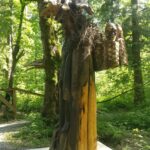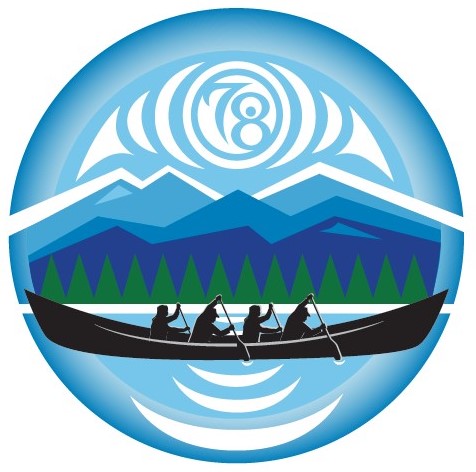Secondary Storytelling
These units are intended to familiarize students with Indigenous stories in the
SD78 region. We’ve chosen stories from Harrison, Hope, and the Fraser Canyon and
built some activities around the stories.
For each general location, I chose to scaffold the units in the following format:
- Pre-reading and prior knowledge (a sharing stories activity)
- Pre-reading context activity/assignment (building comprehension)
- Reading the stories using a Fluency Log (deliberately reading the stories)
- A post-reading activity (to reflect on themes and purpose)
- A final reflection (to tie it up with a bow)

I’ve also created some supplementary standalone activities for each region. All of these activities are adaptable; feel free to edit and change them to fit your needs. I’ve tried to make it so each of them could be a standalone activity so teachers don’t feel as if they need to have an all-or-nothing approach to the units.
I haven’t created formal rubrics for the activities. I find rubrics problematic in many ways, largely because they often prioritize things in an arbitrary way. Instead, I’ve attached checklists to the end of each activity. If you wish to use these checklists and weight them in a way that fits your classroom, or to build a rubric of your own, go ahead. I believe, in light of the First Peoples Principles of Learning, a checklist is more appropriate, since the principles don’t appear to prioritize a “ratings” system. Please adapt my checklist in any way that works for you.
Although these are all part of a unit, each activity could be used on its own as well. If, for example, you’d like to use Reader’s Theatre for the reading activities, or perhaps set up a new project that fits your character and style a little more, feel free to break the unit into manageable pieces.
